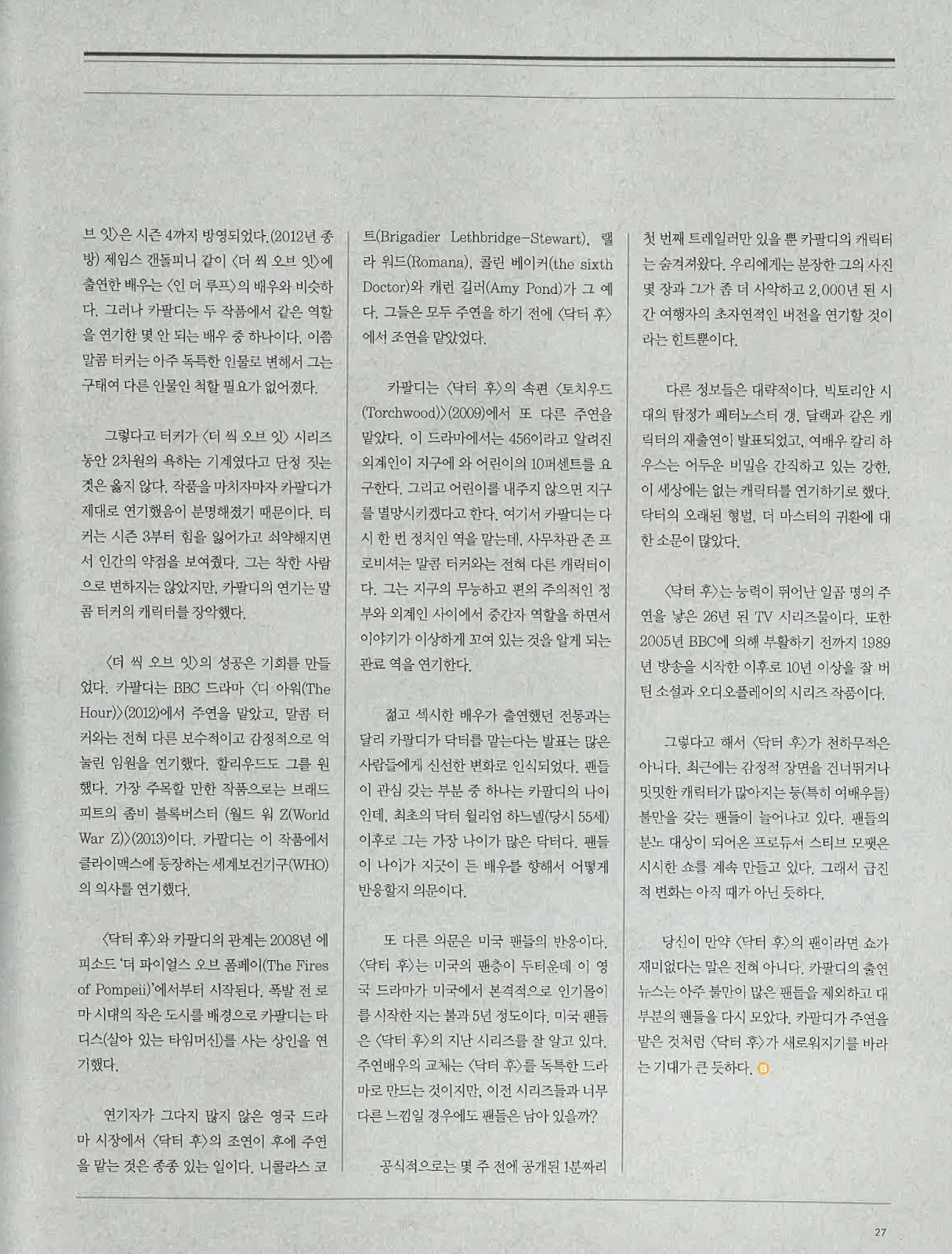INSP’s Project Manager, Zoe Greenfield, attended FEANTSA’s Ninth European Research Conference in Warsaw last week. This is her report …
Organised by
FEANTSA’s European Observatory on Homelessness and hosted by Warsaw University, the conference attracted delegates from all over Europe, the United States, Canada and Australia to hear speakers present research focused on this year’s theme 'Homelessness in Times of Crisis'.
The Situation in Poland
At the start of the day, Pawel Jaskulski of
Saint Brother Albert’s Aid Society gave an overview of the situation in Poland. Highlighting the unique demography of the homeless population compared to other European countries, with 50% over the age of 50. He added that, unlike in some other European countries, homeless immigrants are exceptionally rare.
Current estimates put the number of homeless people in Poland at between 50,000 and 60,000 but in a country where acknowledging homelessness is a new concept, measuring it is even newer still. Others claim that the number of homeless people in the country could actually be in excess of 100,000.
The European preoccupation with home ownership
A second keynote was given by Prof Dr Marja Elsinga who discussed the European preoccupation with home ownership. Elsinga argued that the home ownership is not always better than renting. Although this is a commonly held belief, it is not backed up in evidence. The belief is fuelled by governments across Europe but Elsinga believes that they now need to reconsider. Whilst housing is a basic need, the connection to welfare, economy and sustainability must be acknowledged. Housing should feature on the political agenda as more than the subject of budget cuts.
With a total of 12 seminars running throughout the day, it was difficult to pick which to attend. The full
programme,
abstracts and
speaker biographies are available online. Some key themes emerging in the sessions I attended are highlighted below.
The impact of economic and policy change in the four UK nations
Beth Watts and Suzanne Fitzpatrick
- Economic crisis not key to homelessness patterns in the UK. Long running pressures are more important such as market patterns, welfare reforms.
- Rise in homelessness is not inevitable in an economic crisis but rather it is a consequence of deliberate policy choices.
- Ending private tenancies is now much more important as cause of homelessness.
- On the ‘unholy mix’ of housing policy and welfare reforms: one of the implications is that people have a choice of how to respond – choose not to go through the statutory system therefore driving up overcrowding, especially in London. Statutory figures fall as people take themselves out of the system.
- Underlying problem is lack of supply. Even if you cap rents, it does not solve supply so a policy intervention on capping rent might not work.
- Intervention around security of tenure would have greatest impact. Private rented sector is now greater than social rented for the first in the post-war era.
Images and perceptions of homelessness: Press Policies and Public Opinion
Teresa Caeiro and Alda Goncalves
Research using Google alerts based news to assess the representation of homelessness in the news in Portugal asking ‘Has the crisis had an impact on the representation of homelessness conveyed in the news?’ Key findings:
- Increased number of news stories on the theme of homelessness
- Few references to the profile of homeless people. Indeed, not referred to as people at all.
- Focus on work people do for the homeless rather than the people themselves. More about numbers than people.
- The new homeless with higher qualification, been made redundant etc. on the rise.
- No evidence of changes in the quality of life for homeless people.
- Increased "use" of people in situation of homelessness by specific professional groups. Use of homeless people to promote celebrity but not necessarily changing anything in the life of homeless people. This is on the rise since 2012.
- Revivalism of values related to charity - articles tend to promote entities more than to help the situation of the homeless.
- Increased number of volunteers. Fashion of 'helping the homeless.
Three categories emerge - homeless people as:
1. Not being: invisible, faceless, group, victim, object
2. Not having: family, friends, income, health, employment, networks, housing.
3. No power: to claim rights, to change situation.
Negotiating digital space in times of crisis
Jennifer Harris
Rapid acceleration of digitisation of advice and other legal services in the UK where telephone or online interaction has often become mandatory. Homeless people thought to be 'digitally excluded' and therefore left behind.
Homelessness and technology
- Existing research challenges straightforward assumptions of digital exclusion.
- Homeless people encounter barriers, regulation and control that restrict online access.
- Homeless people do actively use technology in their daily lives but simultaneously encounter barriers, control and regulation that restrict access.
Reflections
- Range of challenges: spatial, temporal and relational dimensions
- Assumptions and expectations of service providers. IT and the internet seen as secondary to other service provision, indeed often first thing to be closed if any staff shortages.
Conclusions:
- Increasing importance of technology as means to access services.
- Technology does have a role to play in people moving away from homelessness but needs to be nuanced rather than a one size fits all approach to digital/tech.
- Micro level - individual engagement with technology.
- Benefits for both individuals and the organisations





















